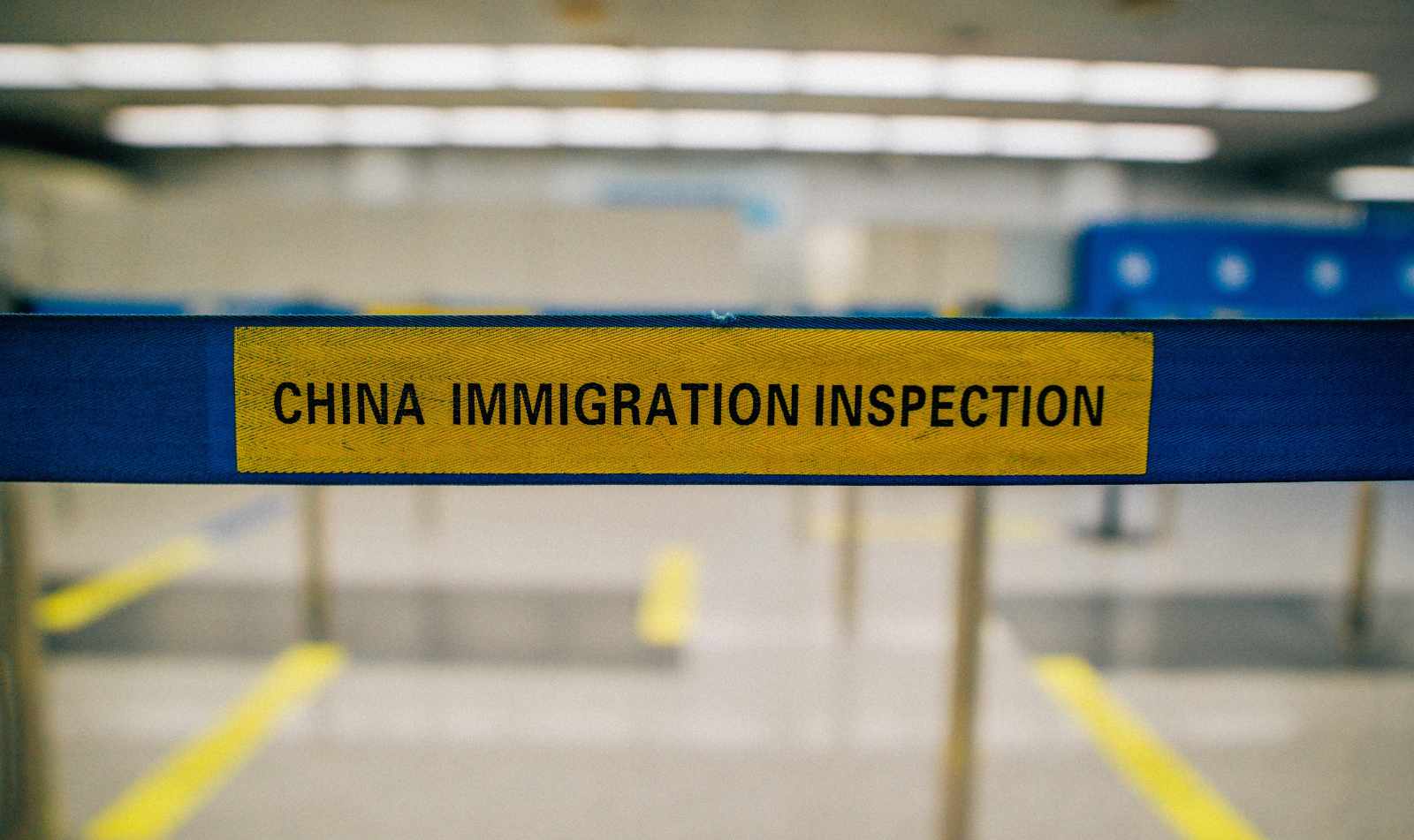China will introduce a new K visa category for young science and technology talents effective October 1, 2025, following amendments to the Entry-Exit Administration regulations approved by the State Council and signed by Premier Li Qiang. The policy is designed to draw young foreign professionals in STEM—science, technology, engineering, and mathematics—into strategic fields that China sees as vital for growth, including artificial intelligence, biotechnology, green energy, and advanced manufacturing. Authorities have framed the move as part of a longer plan to build up homegrown research capacity and reach its goal of becoming a leading technology power by 2035.
The K visa will serve emerging researchers, startup founders, and early-career innovators who meet criteria to be set by Chinese authorities. While the exact age cap has not yet been released, officials and program models suggest it will likely sit somewhere between 40 and 45, in line with existing talent tracks used by universities and research funders. According to analysis by VisaVerge.com, the new category fits within a broader toolkit aimed at competing for global STEM talent at a time when many countries are reassessing their own visa rules and research priorities.

Policy details and what to expect
Officials say detailed eligibility rules will be released by the Ministry of Foreign Affairs and Chinese embassies. These notices will likely include:
- Age requirement (not yet published)
- Academic or professional benchmarks
- Documentation required to prove research record or innovation work
Applicants will be expected to submit supporting documentation showing their research achievements or innovation projects. The government has signaled that the K visa is intended to simplify entry and residence for those who qualify, with procedures that could be easier than standard work routes. Exact procedural steps and timelines will be published closer to the launch date.
How the K visa fits existing talent pathways
The K visa augments existing recruitment channels, which already target early- and mid-career researchers:
- Talented Young Scientist Programme — typically upper age limit around 45; invites researchers from Asia and Africa via university or institute partnerships.
- Outstanding Young Scientists (Overseas) Fund Project — focused on attracting researchers under roughly 40.
- National Natural Science Foundation of China’s Excellent Young Scientists Fund (Overseas) — supports scientists under 40 who agree to work in China.
Together, these programs form the backbone of a recruitment system that the K visa aims to support by making immigration formalities faster for the demographic China wants to reach.
Impact on universities, research institutes, and tech parks
Universities and research institutes have raised pay packages and bonuses to attract foreign researchers. With the K visa:
- Schools and labs gain another lever to recruit postdoctoral scholars, lab leads, and startup-minded engineers.
- Technology parks and incubators in major cities are expected to benefit from faster onboarding of specialists in key fields.
- Institutions already engaged with international partners may find it easier to bring in visiting fellows or rising faculty under the new category.
Impact on applicants and employers
For young foreign professionals, the main changes are timing and clarity:
- Implementation date confirmed: October 1, 2025.
- Applicants should monitor formal notices from the Ministry of Foreign Affairs and local embassies.
- Government updates are typically posted on the Ministry’s Consular Service portal; check https://en.cs.mfa.gov.cn/ for policy notices and contact details for embassies and consulates.
The policy signals that China wants to channel top talent into artificial intelligence, biotechnology, green energy, and advanced manufacturing. That focus will likely influence how authorities define merit—whether via academic publications, patents, startup experience, or lab leadership—though exact measures are not yet announced.
Employers stand to benefit from a larger pool of early- and mid-career specialists. The K visa could help:
- Reduce onboarding delays compared with standard work authorizations (pending procedural details).
- Allow startups to recruit founders or core technical staff who meet the youth and sector criteria.
- Enable research groups to time recruitment for 2025–2026 around the visa’s launch date.
Strategic context
The K visa launch occurs amid a global competition for STEM workers. Chinese policymakers emphasize indigenous innovation and technological self-reliance, and the visa is positioned as a practical tool to support those goals by attracting researchers aligned with national priorities.
- Other countries are adjusting visa policies—some tightening, others creating special visas to draw researchers.
- Regional developments, such as resumed direct flights between India and China, may also ease mobility for conferences, lab visits, and new jobs.
The visa’s rollout demonstrates how immigration rules, airline routes, and research funding interact in real-world career decisions for scientists.
Next steps and timeline
Chinese authorities have set a clear implementation date: October 1, 2025. Before then, officials are expected to publish:
- Exact eligibility criteria
- Full documentation list
- Detailed application procedures (including whether the K visa links directly to residence permits or requires subsequent steps)
Announcements will come from the Ministry of Foreign Affairs and be echoed by Chinese embassies. VisaVerge.com notes that many early-career researchers will watch closely for:
- Final age limits
- Whether the category ties directly to longer-term residence or requires follow-up permits
- Specific measures of merit (publications, patents, startup success, leadership roles)
Key takeaway
With the State Council’s approval and Premier Li Qiang’s signature, the decision to introduce the K visa is finalized. The essential remaining question is not if the visa will launch, but how broad the final criteria will be when the Ministry releases the procedural rules. In the interim, institutions should review hiring plans and researchers should monitor official channels for updates.
Frequently Asked Questions
This Article in a Nutshell
China will launch a K visa on October 1, 2025, to fast-track young STEM talent into AI, biotech, green energy and advanced manufacturing, easing entry procedures, supporting universities and startups, and promoting indigenous innovation as part of China’s strategy to become a leading technology power by 2035.












